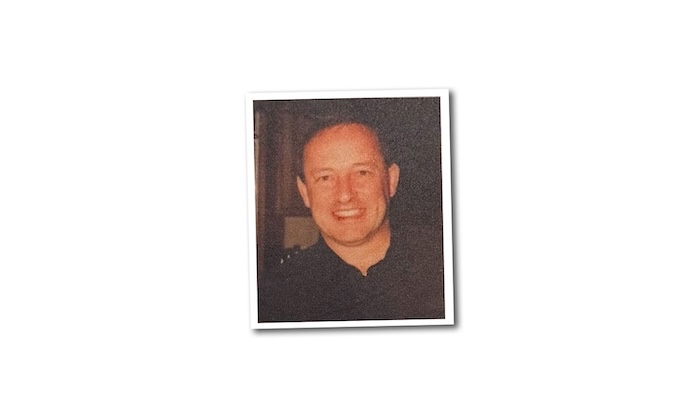Since 1992, the Birmingham Civil Rights Institute has told the history of our country's racist past and the plight of those who put their lives on the line for equality. Thousands travel from across the nation every year to witness the narrative displays that outline the hallmark movement. The institute is presenting a slate of Black History Month virtual events, making it a prime time for locals to visit.
The museum is located in Birmingham’s Civil Rights District, which is also home to the historic 16th Street Baptist Church, the Carver Theatre, Kelly Ingram Park, and the Green Acres Cafe, where visitors can grab a great bite to eat afterwards. Gus’s Hot Dogs is also nearby, with a new John Lewis mural inside. Markers for the Birmingham Civil Rights Heritage Trail, a historical self-guided path that winds through downtown, marking significant locations along the 1963 Civil Rights march routes with maps detailing the struggle for basic freedoms in our city at each location.

Inside the museum, visitors begin their historical journey by watching a movie discussing how the city of Birmingham came into existence -- and the bigotry and racism that accompanied. As the film comes to a close, the screen pulls back -- revealing the first of many elaborate exhibits that take visitors inside replicas of eras past. Ella Fitzgerald and Cab Calloway play on the jukebox as a 1930s A. H. Parker High School classroom sits idle after a long school day.
As the journey through time moves forward, patrons begin to see the legalized housing discremination and Supreme Court cases that prevented “justice for all” for many decades -- but they also begin to witness the pivotal moments in time that forever shaped our nation. The Women’s Political Council beginning the call for the Montgomery Bus Boycott, students in Nashville training to face intolerance during sit-ins, and Martin Luthor King Jr. experiencing a morale setback in Albany are just a few of the trials shown.
Tributes to the Freedom Riders and King’s “Letter from a Birmingham Jail” remind museum-goers that the history they are observing was not long ago at all - and much if it brings similarities to events witnessed in recent years. “Birmingham - The World is Watching” is graffitied on a wall between moments forever etched in time -- a reminder that we too are here to create a better life for those who come after us.

Visitors are taken inside moments with civil rights legends like Reverend Fred Shuttlesworth and Ralph Abernathy as well as workplace history-makers like Lola Hendricks, the first black person hired to work for the Social Security Office in Birmingham, and Attorney U.W. Clemon, who became the first black federal District Judge in the state of Alabama.
Our city was ground zero during some of the most challenging times of the civil rights movement, and Birmingham should be proud to have the Museum located here. It was here where the nation changed. Birmingham can stand tall as a city with great race relations, in which all races can, and do, get along. The foot soldiers of 1963 still walk the streets of Birmingham, and today's activists follow their path forward. The Birmingham Civil Rights Museum provides an important means for people to understand what issues shaped our past and provide inspiration to continue the fight for justice and equity.









